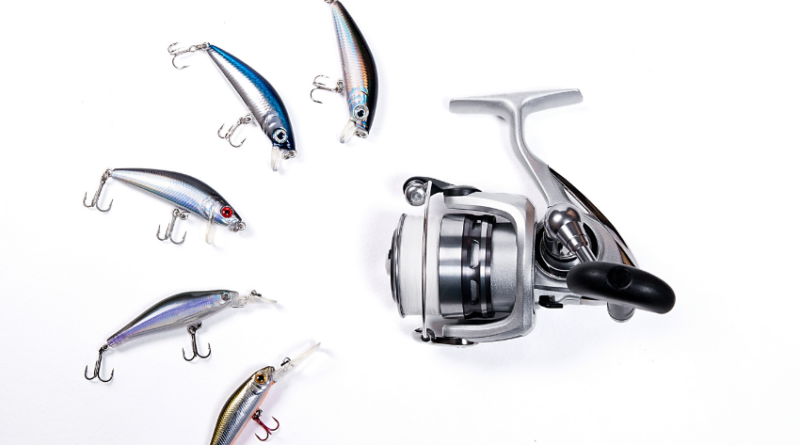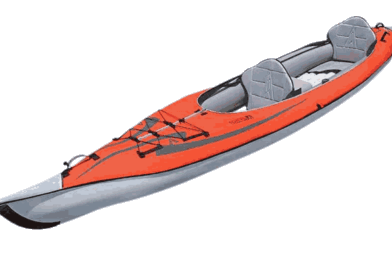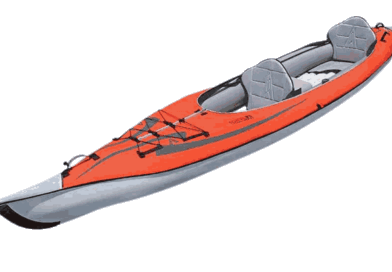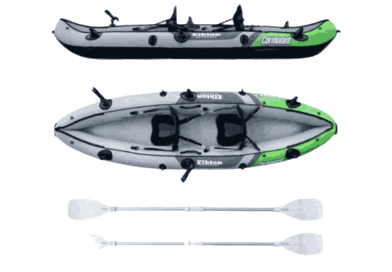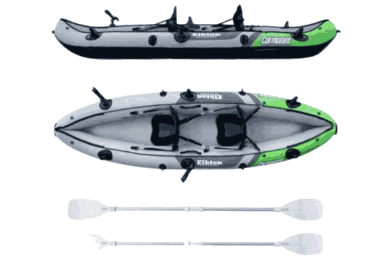How to Spool a Fishing Reel – 8 Best Steps
How to Spool a Fishing Reel - 8 Best Steps
Spinning reels are one of the most popular types of fishing reels“ on the market. They are easy to use and can be very versatile. If you are just starting out fishing, learning how to spool a spinning reel is likely the first thing you will need to learn.
Besides a little push-button children’s rod, a spinning reel is one of the most basic pieces of equipment you need for fishing. It is very very important to know how to use it before hitting the water.
Spinning reels work by wrapping a line around a rotating spindle. This line is stored on a small spool at the top of the reel. When you cast your line, the spindle spins and propels the line outward.
To use a spinning reel, you will need some basic fishing gear, including a rod, line, lure, and bobber (if desired).
How to Pick The Right Fishing Line for Your Spinning Reel:
There are a variety of fishing lines on the market, but not all of them are right for every fisherman. In order to find the best line for your spinning reel, you need to understand the different types of lines and what each is best suited for.
The monofilament line is made from a single strand of plastic, making it strong and flexible. It’s ideal for beginners because it’s easy to cast and less likely to tangle than other types of lines.
Braided line is made from multiple good type strands of plastic or fiber, making it incredibly strong and durable. It’s great for casting in windy conditions or for catching larger fish.
Fluorocarbon line is nearly invisible in water, making it a popular choice for anglers who want to flyfish. It’s also very very resistant to abrasion, making it a good choice for fishing around rocks and other obstacles.
Table of Contents
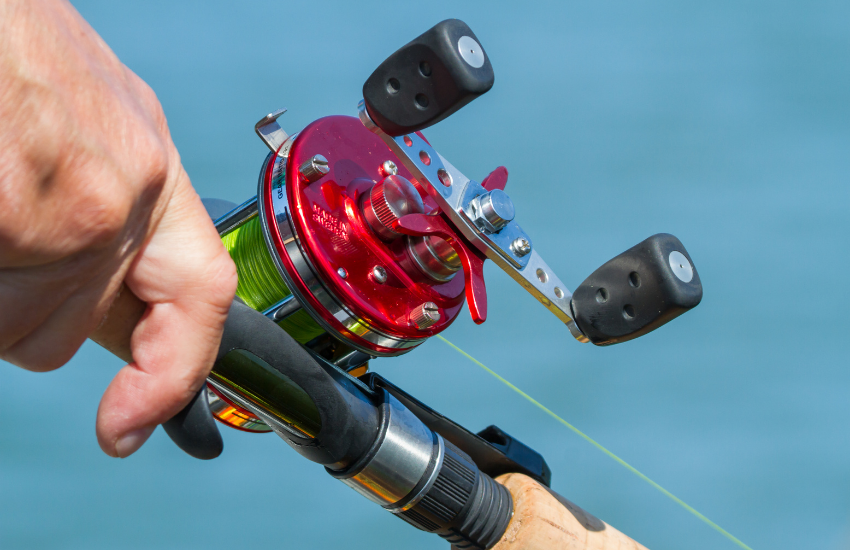
Step 1: How to Spool a Fishing Reel:
If you’re fishing, you’ll want to make sure the line is coming off the spool in the right direction. The first step of incorrectly using a spinning reel is ensuring that the fishing line spool is unspooling counterclockwise.
If it’s going the wrong way, your line might get all tangled up. To make sure it’s unspooling counterclockwise, hold onto the end of the line and turn the spool clockwise. That way, the line will wind smoothly off the spool.
Step 2: How to Spool a Fishing Reel:
This step is attaching the fishing line to the bottom eye of the fishing rod. This is done by running the line through the bottom eye and then tying a knot.
This step is just like threading a needle. You will want to make sure the line goes through the eye of the fishing rod so that it is secure and won’t come undone. You can think of it as tying the line to a tree so that the fish can’t get away.
Step 3: How to Spool a Fishing Reel:
When you’re fishing, you need to open the bail spool on your reel in order to let the fishing line out.
This is like when you’re using a slingshot – you have to open the bail spool to let the rubber band out so that you can shoot it.
Step 4: How to Spool a Fishing Reel:
Once the line is attached to the reel, you need to tie a knot around the spool. This will protect the line from being exposed.
The spinning reel helps to keep the knot around the spool to keep the fishing line away from the spool. It is important to tie a good knot so that the line does not become loose and does not become entangled with other lines in your fishing tackle box.
You can use any type of knot that you feel comfortable with, but I usually use a simple overhand knot.
Step 5: How to Spool a Fishing Reel:
Once you have caught your desired fish, you will want to reel it in. To do this, you will need to close the bail. This is the metal piece on top of the reel that you use to open and close the line.
To close the bail, you hold the bail closed with your fingers and turn the reel handle clockwise. As you do this, the line will start to come in. Keep turning the reel until the fish is all the way in.
Step 6: How to Spool a Fishing Reel:
Do not overload the spinning reel with too many lines. This can tangle the line and make it difficult to cast.
It is important to keep a good amount of line on your reel so that you can fish. If you have too many lines, it will be heavy and difficult to cast.
Just like if you put too much weight on a balance scale, it will not be able to move; Too many lines on a rotating reel will prevent it from getting stuck in the fish.
If you have too little line, you won’t be able to reel the fish in. It’s important to find the right balance so that you can easily cast your line and reel in the fish.
Step 7: How to Spool a Fishing Reel:
To catch fish, you need to use bait. A bait is usually a lure, a piece of plastic or metal that looks like a fish. You need to attach the bait to the end of your fishing line.
Then, you have to lower the line into the water and wait for a fish to bite. When the fish bites, you need to pull the line up quickly so that you can catch the fish.
Step 8: How to Spool a Fishing Reel:
Now that you have your desired spinning reel filled with line and your favorite lure tied to it, it’s time to plan your next fishing trip and go fishing! You can catch a lot of fish with your spinning rod and reel if you know where to go.
The first step is to find a fishing ground where the fish are. One way to do this is to ask other anglers where they are fishing.
If you do not know any fisherman or angler, you can look for information on good fishing sites online or in fishing magazines.
Once you find a place, do not delay and go fishing.
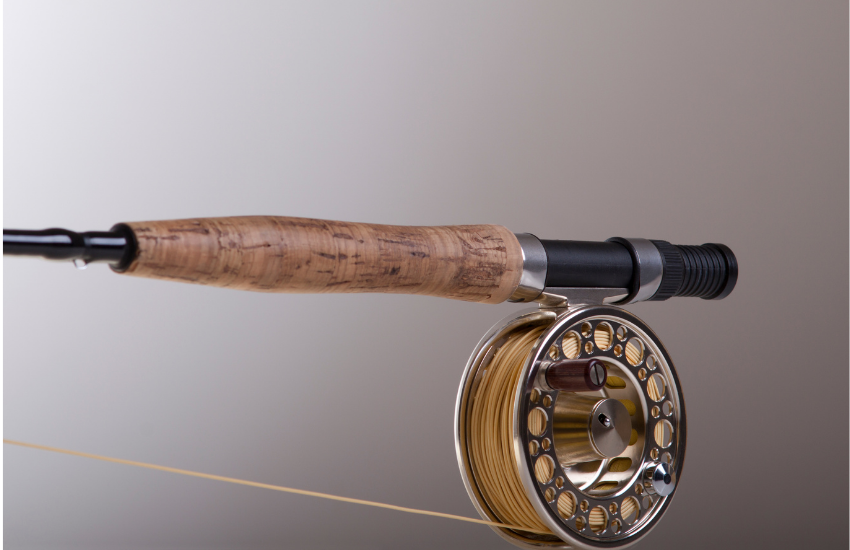
Tips to Avoid Line Twists and Reel Spooling Problems:
- While most top mounts enable you to close the line by turning the knob, get into the habit of doing it by hand after each and every cast. This will keep the line in compact loops without slack.
- Do not reel the line too fast. If a fish is in front of you and you are afraid it will rip off, either let your drag get loose enough to let it slip properly or back-drag.
- Prevent clanking, clanking, and fouling by using an interior lubricant on every winterizing journey, and sprayer the lubricant on it as well when necessary. Also, cross-check your special film, line, and lubricant varieties regularly to avoid using incorrect variations and latching up a freezing complicated.
- If you’re not sure whether to compensate for performance or prevent a lure failure, change your line. Your fishing line is the most direct line between you and the fish, so if you twist or break the line, it is not likely that you’ll have a chance at catching that fish of a lifetime.
Final Word:
In conclusion, spooling a fishing reel is a relatively simple process that anyone can accomplish with patience and practice.
By following all steps outlined in this article, you should be able to spool your reel quickly and easily and be ready to hit the water fishing in no time!

John Smith
My Self John Smith. I’m an avid outdoorsman and writer. I have been fishing and hunting for over 20 years and has a deep passion for these sports. I have written several articles and essays on the subject, and his work has been featured in many outdoor magazines. I’m also a conservationist and promotes sustainable hunting and fishing practices. I believes in preserving the natural environment for future generations to enjoy.
